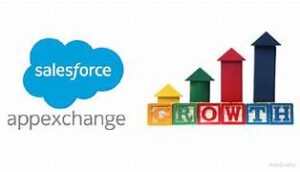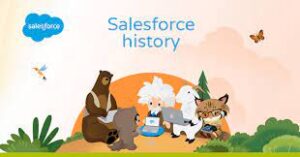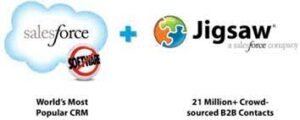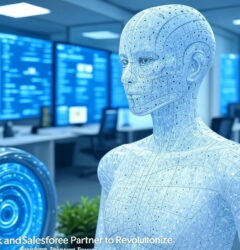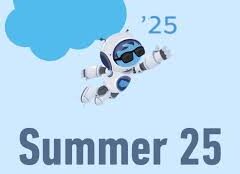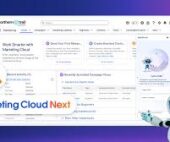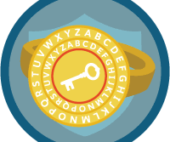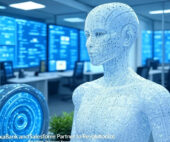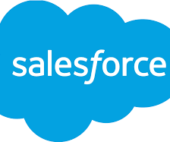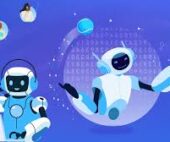The AI Arms Race in Enterprise Software: SAP and Salesforce’s Divergent Paths to Dominance
The New Battleground: Data as the Foundation of AI Supremacy
The enterprise software field is undergoing its most significant transformation in decades, with AI as the central axis of competition. Two seismic events in May 2025 highlight this shift:
- SAP’s Sapphire Conference unveiled a sweeping “AI-first” vision for business operations
- Salesforce’s $8B Informatica acquisition signals an aggressive data infrastructure play
These moves reveal a fundamental truth: in the AI era, data quality and integration are more valuable than software features alone.
SAP’s AI Vision: The Integrated Enterprise Operating System
At Sapphire 2025, SAP articulated a bold strategy centered on three pillars:
1. The Omnipresent AI Copilot
- Joule evolves from assistant to autonomous agent platform
- 500+ specialized “Joule Agents” planned by 2026 for functions like:
- Automated financial reconciliation
- Intelligent supply chain orchestration
- Predictive HR workforce planning
2. The Data Foundation
- Business Data Cloud combines:
- SAP Datasphere (data fabric)
- Databricks partnership (AI/ML)
- Knowledge Graph (semantic relationships)
- Claims 40% better AI accuracy versus point solutions
3. Suite-as-a-Service Model
- Pre-integrated industry suites (Finance, Supply Chain, CX)
- “Clean core” architecture with BTP for extensibility
- Goal: 60% cloud migration by 2027 via RISE/GROW programs
“We’re building the operating system for business AI,” declared SAP CEO Christian Klein.
Salesforce’s Counterstrike: The $8B Data Moats
The Informatica acquisition represents Salesforce’s most consequential move since Slack, addressing critical gaps:
| Capability Gained | Impact on Salesforce Ecosystem |
|---|---|
| Enterprise data integration | Supercharges Data Cloud ingestion |
| AI-ready data quality | Enables trustworthy Agentforce outputs |
| Metadata management | Powers explainable AI decisions |
| Cross-cloud MDM | Creates true Customer 360 |
Strategic Implications:
- Completes transition from CRM to enterprise AI platform
- Potentially cuts data prep time for AI models by 70%
- Risks eroding Informatica’s vendor neutrality (30% of revenue comes from SAP/Oracle shops)
Divergent Philosophies, Converging Goals
SAP’s Approach
- Strengths: Deep process knowledge, installed base
- Strategy: “AI that understands business” via semantic layer
- Risk: Cloud migration pace (only 42% of ERP on cloud)
Salesforce’s Play
- Strengths: Agility, developer ecosystem
- Strategy: “AI that connects everything” via acquisition
- Risk: Integration complexity (see Tableau/MuleSoft challenges)
What This Means for Enterprise Buyers
- Vendor Lock-In Dangers
- SAP’s suite vs. Salesforce’s platform – both aim to be your single AI brain
- The Integration Imperative
- Legacy ERP+CRM divides become AI liabilities
- Skills Shift
- New roles emerging: AI workflow designers, data integrity auditors
- Ethical Considerations
- Both vendors tout “responsible AI” – demand transparency in training data
The Road Ahead: 2026 as the AI Inflection Point
As these strategies unfold, watch for:
- Microsoft’s countermove in enterprise data/AI
- Open-source alternatives gaining traction
- Regulatory scrutiny of AI training data practices
“The winners won’t have the best algorithms—they’ll have the richest, cleanest data networks,” predicts Gartner’s Avivah Litan.
Action Items for Enterprises:
- Conduct a data readiness audit for AI
- Pressure test vendors’ interoperability claims
- Pilot agentic workflows in non-critical areas
- Establish AI governance councils
The enterprise software wars have entered a new phase where data is the ammunition and AI is the battlefield. Choose your alliances wisely.



